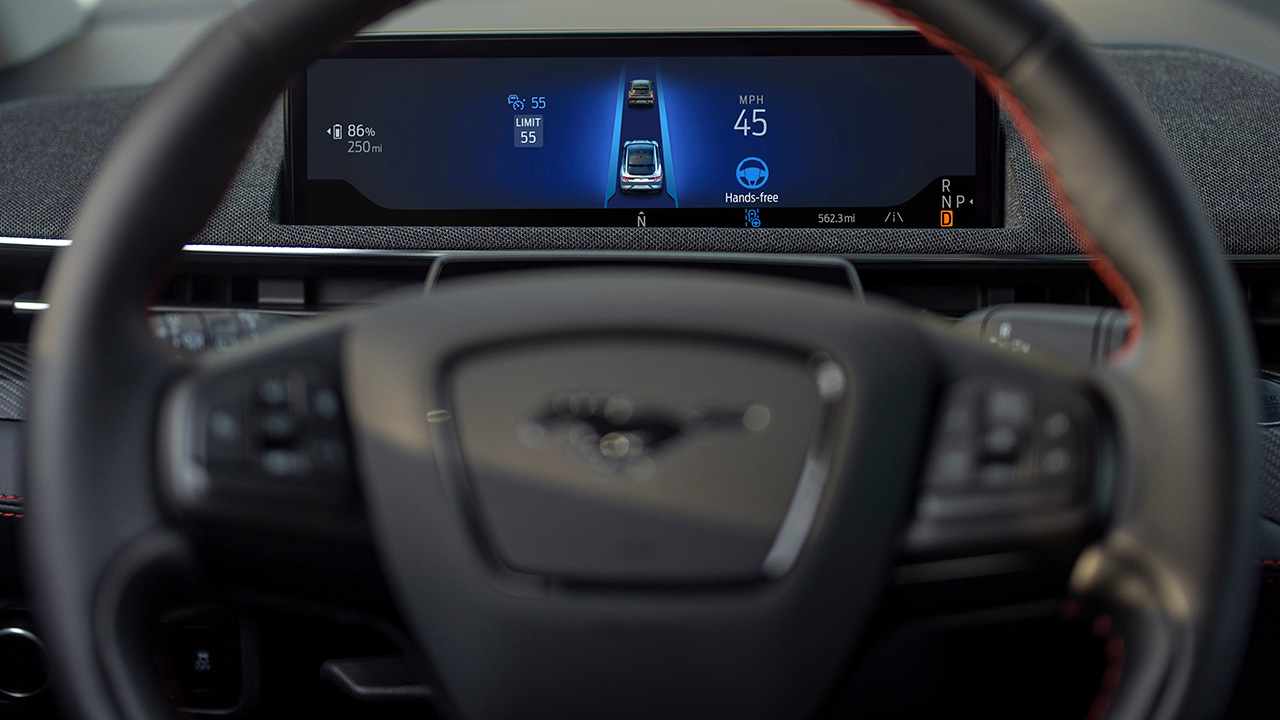The Automatic Lane Change capability lets the vehicle switch lanes on its own to pass slower traffic. Ford's aim is to keep drivers cruising at their preferred speed and boost the time they can spend hands-free.
Here's how it works: When the system spots a clear lane next to you and figures there's enough time for a smooth move, it'll give you a heads-up. You'll get a visual and audio prompt, and the reason for the lane change will pop up on your info screen. The car will then make the switch unless you step in.
Don't want the car to change lanes? You've got options. You can tap the turn signal in the opposite direction or just hold the steering wheel steady. If you're not a fan of the feature altogether, you can turn it off in the Driver Assistance settings.
Ford's internal testing suggests this new tech can handle up to 45% of lane changes on an average drive. But it's not just about changing lanes willy-nilly. The system's been designed to avoid merging with much faster traffic or moving into the right-hand lane where there might be off-ramps or tricky lane markings.
BlueCruise has come a long way since it first showed up in the Mustang Mach-E. Ford's Advanced Driver Assistance team has been tweaking and improving it ever since. Now, with BlueCruise 1.5, they're taking another big step forward in hands-free highway driving.
The 2025 Mustang Mach-E will be among the first to sport this new tech.
Source: Ford

